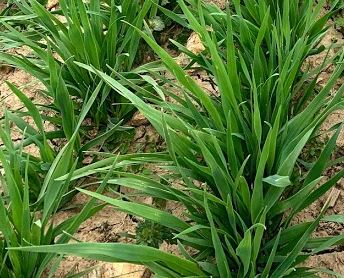The “Cosaque” Black Oat is a black seeded winter oat.
Many growers plant Cosaque in late August. Excellent fall growth, continuing through the cold of winter in Mid-Atlantic and Northeastern states, and matures later in the spring than other oat varieties.
Cosaque oats mixes well with other winter annuals, such as crimson clover, hairy vetch, or annual ryegrass.
Reasons for choosing Cosaque:
- Higher biomass compared to cereal rye, ryegrass, wheat, triticale and other oats.
- Good cold tolerance.
- Good disease resistance.
- Excellent winter weed suppression.
- Nematode suppression.
- Good residue for next crop if grown as a cover crop.
- Higher yields in the following crop.
- Excellent nutrient-rich forage for grazing, hay, baleage and silage.
- Great weed suppression.
- Excellent selection for a forecrop.
